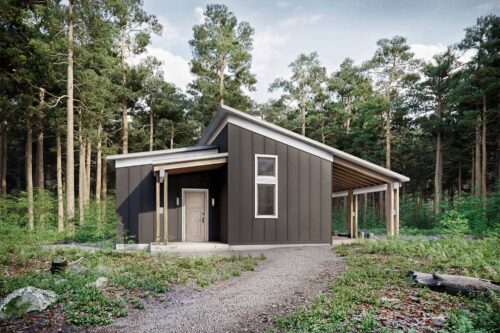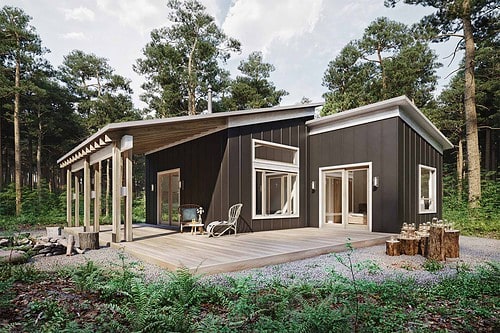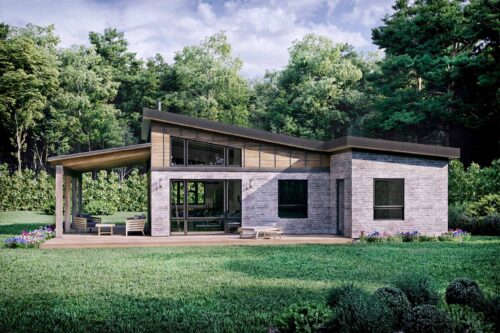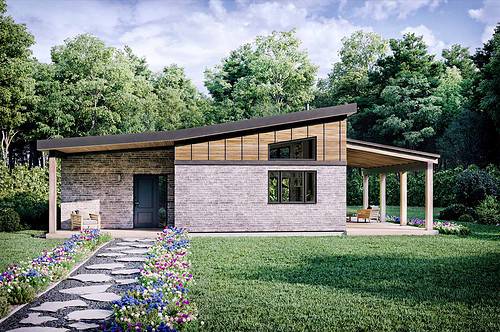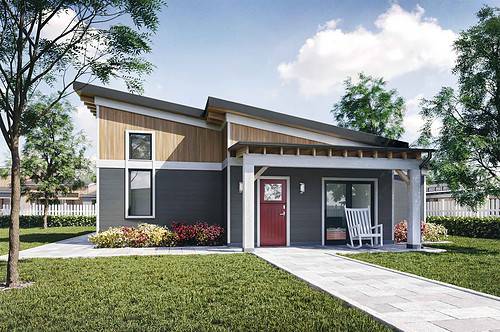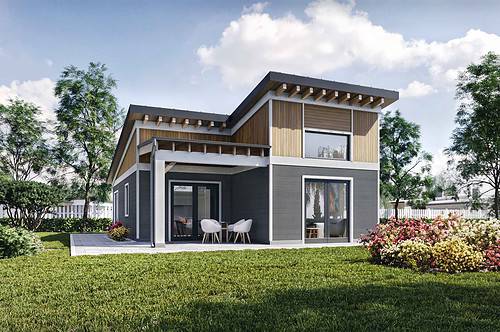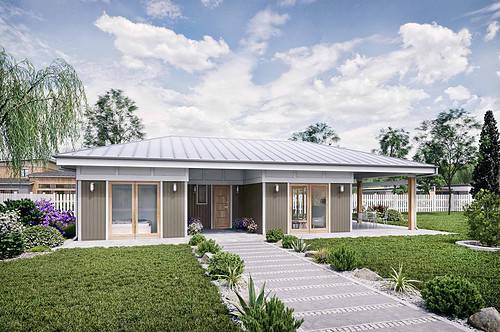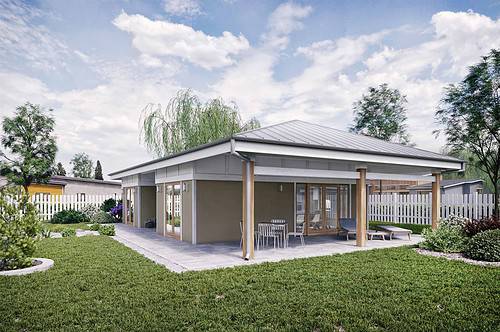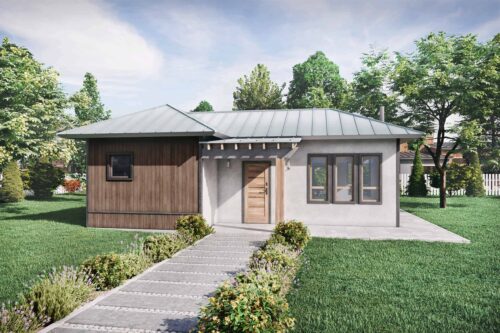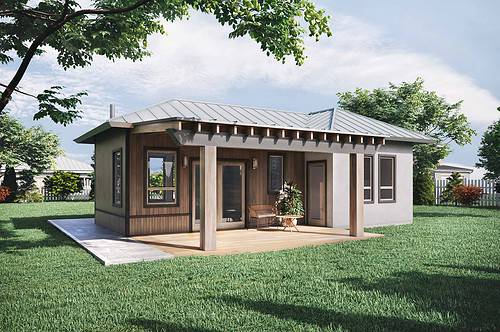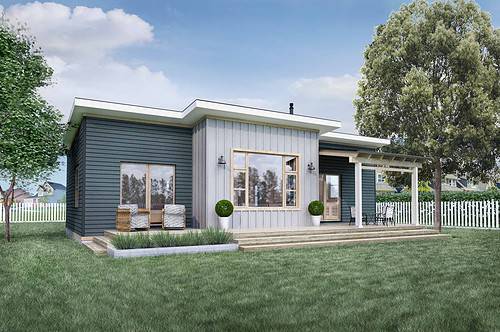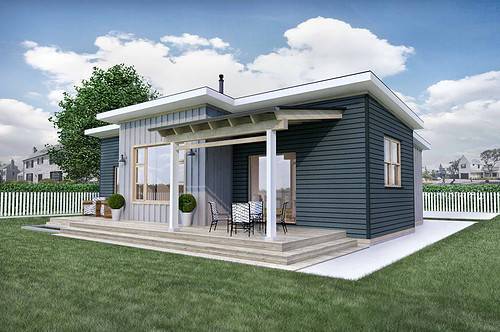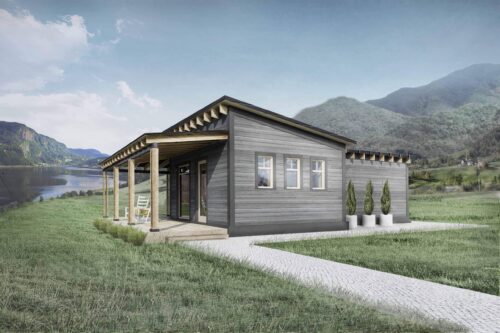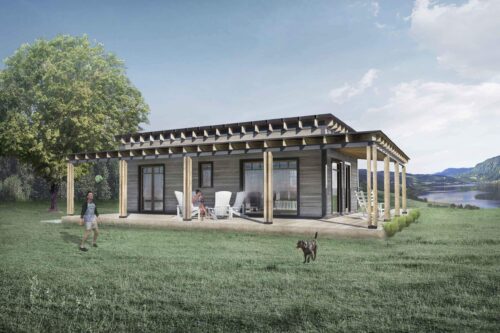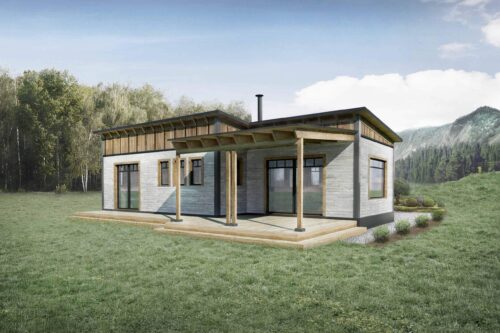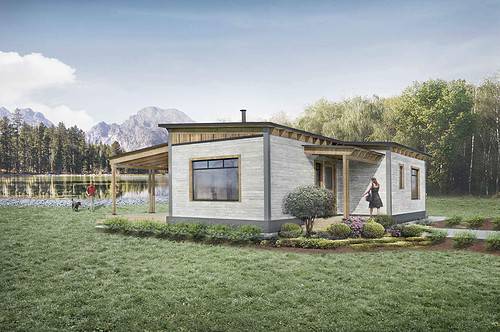No products in the cart.
For years, it seemed the larger the house, the better. But then, a new trend came along – the tiny house. What started as a small movement in response to the massive home takeover has now become mainstream. These small house plans under 1000 sq. ft. have grown in popularity, and for a good reason. Many people are realizing just how much more life they can live when they aren’t tethered to a huge mortgage. These smaller homes take some adjustments to get used to, but with some time, most people find that they didn’t need a larger home.
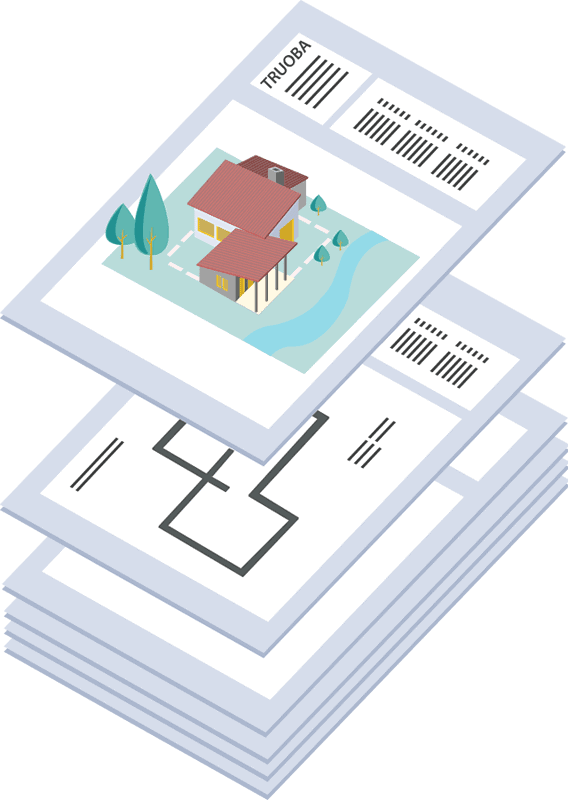
What's included in House Plan Set drawings?
View Drawings List
Construction Notes
Foundation Plan
Slab | Crawl | On request - Basement, Pier & Beam, etc.
General foundation design showing foundation layout with structural elements. There are three types of foundation to choose from: slab, crawl, and basement.
As in all building locations ground condition varies, your local structural engineer would need to approve foundation design and specify foundation structural elements.
Plumbing Plan
Shows the layout of plumbing fixtures with specifications.
Floor Plan
Indicates house layout with dimensioned walls, doors and windows.
Roof Construction Plan
Shows the layout and dimensions of the required roof structure such as rafters and beams. As show load requirement is different in each location your local structural engineer would need to approve and specify roof structural elements.
Roof Plan
Dimensioned roof layout indicating slopes, roof areas, chimneys, and decorative elements.
Sections
Cut through the building showing detailed floor, wall, and roof construction elements. Indicating room ceiling heights and structural element heights.
Elevations
Shows all sides of the house indicating building elements with its heights, specified materials, and all decorative elements.
Construction Details
Detailed house cut-away with outline specifications.
Electrical Plan
Floor plan layout indicating locations of electrical elements such as lightning, switches, outlets, etc.
HVAC Plan
Indicates location and specifications for heating, ventilation and air conditioning.
Furniture Plan
Representative floor plan layout indicating room sizes and suggested furniture layout. Useful during the interior design stage.
Door and Window Schedule
List or all windows and doors with indicated specifications for manufacturer.
General Specifications
Plumbing, electrical and mechanical specifications



